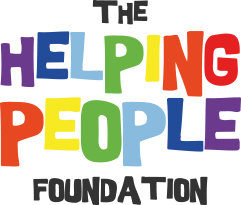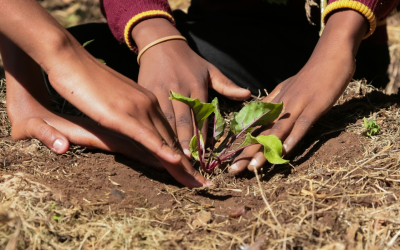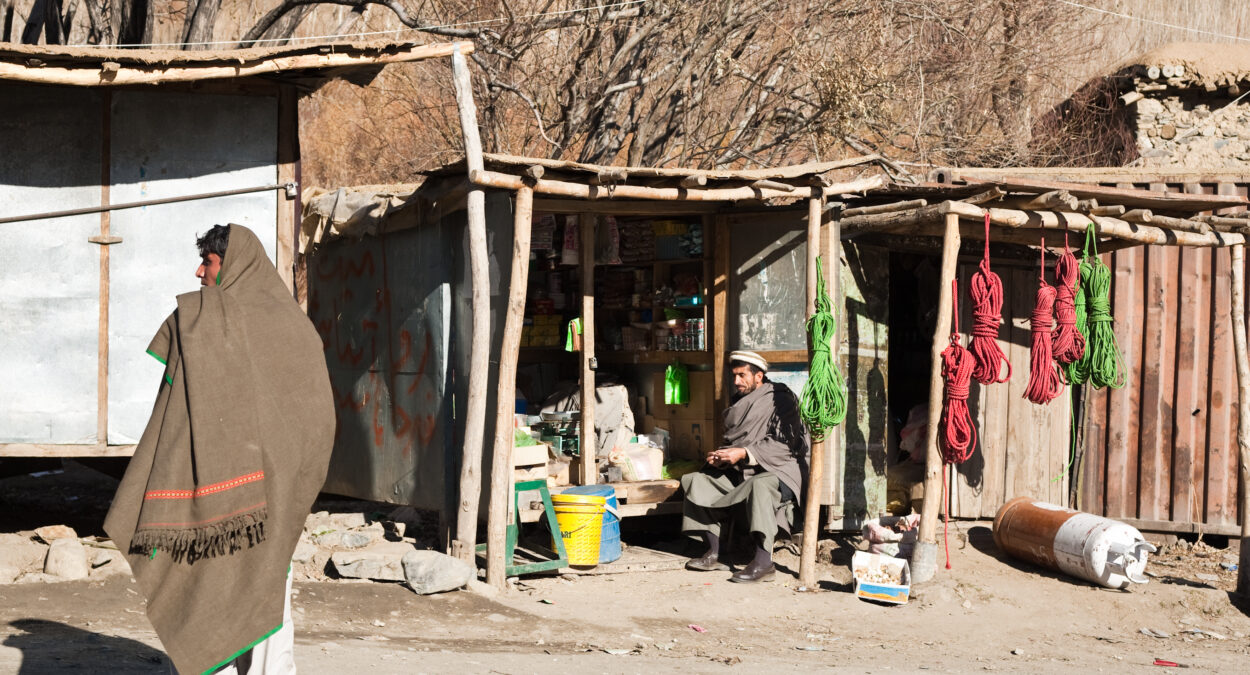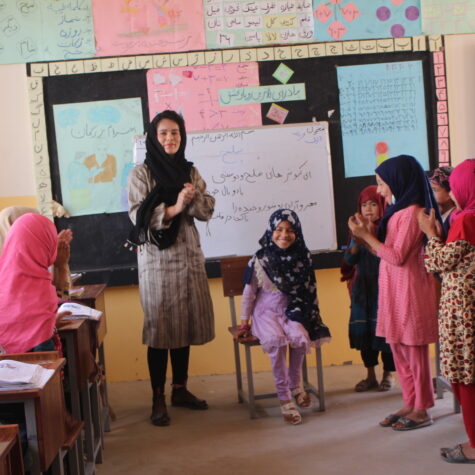CURRENT LIVING CONDITIONS IN Afghanistan
SCHOOL
More than three decades of conflict destroyed Afghanistan's education system. For many children, even a primary school diploma is still a distant dream. Especially in rural areas and for girls. Around 75% of the girls do not attend school. Among other things, this is also related to the lack of qualified teachers. Because of the Islamic faith, boys and girls are not allowed to be taught together in one class. Only 16% of Afghan schools are girls' schools. However, many of them do not even have sanitary facilities. Instead of going to school, 17% of girls still get married before their 15th birthday. In general, the illiteracy rate in the country is very high. According to the CIA's World Factbook, in 2015 this was 75.8% for girls over 15, and 48% for boys.
MEDICINE
What applies to the drinking water supply also applies to access to health services. While only 8% of the population had access to medical services in the country in 2002, this figure was 87% of the total population in 2021. Even if these figures look good at first glance, they are rather sobering when looked at in detail. According to the WHO, there were 0.7 hospital beds per 1000 inhabitants in 2017. In comparison, there were about 6 beds per 1000 inhabitants in Germany in the same year. According to WHO data, there were only 0.3 practising doctors per 1000 people (as of: 2016). In Germany, there were 3.7 doctors during the same period.
Due to the lack of electricity in many areas, medical care cannot be guaranteed at all times. Children in particular suffer from the poor medical care. Every third girl has anaemia. Only 50% of all babies are breastfed in the first 6 months of their lives.In general, the World Bank estimated the average life expectancy in 2019 for women at 66.4 years and for men at 63.4 years. In comparison, the average life expectancy in Germany was 83.7 years for women and 78.9 years for men. Annual per capita spending on medical care was just US$49.84 in 2018, according to WHO.
Water
Water is a scarce commodity in Afghanistan. Above all, the destruction of important infrastructure during the war, and the lack of reconstruction, makes it difficult for many people to access clean drinking water. But climate change is also making the situation visibly worse. In the last 5 years alone, Kabul's groundwater level has dropped by 20 metres.
However, due to the efforts of Western relief workers, access to clean drinking water and sanitation has improved significantly in recent years. While in 2005 only 35.4% of the total population had access to clean tap water, by 2020 this figure had risen to 75.1%. Sanitation has improved from 27.5% (2005) to 50.5% (2020).
nutrition
Although only 6% of Afghanistan's land can be used for agriculture, around 80% of the population works in agriculture. Until the war, irrigation farming was the main activity. The main agricultural products are wheat, maize, barley, rice, cotton, fruit, nuts and pistachios. Meat options include lamb, goat, beef, camel, poultry and game.
Few Afghans can afford meat. Their monthly per capita income is around 40.54 US dollars. Around 41% of young children under the age of five are permanently damaged due to malnutrition, according to UNICEF. In addition, there are about 1.2 million who suffer from malnutrition. Only 12% of children receive the right amount of food between 6 and 24 months. The country ranks 103rd out of 116 countries in the World Hunger Index.

Geography
Afghanistan stretches from 29° to 38° north latitude and 61° to 73° east longitude. The landscape is characterised by numerous mountain ranges: the 250 km long Koh-e Baba mountain range with heights of up to 5048 m, the Hindu Kush in the north-east (7500 m) and the Safed Koh mountain range on the border with Pakistan in the east (up to 4755 m high).
In the southwest, on the border with Iran, lies a flat plain without drainage. In it lies Lake Helmand, a lake artificially dammed by the Kajakai Dam. It is fed by Afghanistan's longest river: The Hilmend, which rises near Kabul and is 1125 km long. Only 10% of the land is below 600 metres. These include the plains on the Amudarja in the north and deserts and semi-deserts in the south and southwest.
The continental climate is characterised by large temperature differences between the summer and winter months. For example, the monthly average in January is 3 °C in Herat in the north, -3 °C in Kabul in the southeast and 6 °C in Kandahar in the south. In July, however, temperatures rise to 29 °C in Herat, 24.5 °C in Kabul and 29 °C in Kandahar. In general, Afghanistan's temperature differences are among the largest in the world. Even temperatures from -50 up to +53 °C are possible. Between October and May, or March and April, there is a rainy season. Nevertheless, the capital Kabul receives only about 370 mm of rainfall per year. In the desert regions sometimes less than 100 mm/year. Only in the mountain regions is it significantly wetter, at around 1,200 mm/year. In the summer months, eastern Afghanistan is also affected by monsoon foothills from India.
From a climatic point of view, southern Afghanistan already belongs to the subtropics, which is why even date palms thrive here. The northern part of the country, on the other hand, is assigned to the temperate zone. Despite the climatic differences, the inland area has great biodiversity. 30% of the plants alone are endemic species and grow nowhere else in the world. While pistachio trees grow in the lowlands, juniper bushes, Himalayan cedars, pines, spruces, firs or birches can be found at higher altitudes. The wildlife includes wolves, foxes, snow leopards and bears in the mountain regions. Gazelles, hyenas or jackals live in the steppes. In addition, the country is also home to numerous poisonous snakes, such as the spectacled snake, the Indian krait or the MacMahon viper.

History
THE RISE AND FALL OF THE TALIBAN
In 1973, the country's last king was overthrown and a republic was proclaimed, which was renamed the Democratic Republic of Afghanistan in 1978 under the leadership of Nur Muhammad Taraki. Taraki tried to transform society at the time with Soviet support. The invasion of Soviet troops in 1979 was followed by a 10-year civil war. The Afghan guerrilla groups were supported by the USA, Saudi Arabia and Pakistan. The communists only left in 1989. In 1992, the "Islamic State of Afghanistan" was proclaimed, in the wake of which the Taliban first appeared in 1994. These were former resistance fighters against the Soviet Union. Many of them came from religious schools for Afghan refugees in Pakistan. Jihad-glorifying propaganda material produced by the USA was also used there. The resistance fighters formed in 1992 against the Soviet-backed government of President Mohammed Najibullāh. Four years later, the Taliban succeeded in capturing the capital Kabul. They established the "Islamic Emirate of Afghanistan", which was only recognised by Pakistan, Saudi Arabia and the United Arab Emirates.
As a counter-offensive against the power of the Taliban, the ousted President Rabbāni founded the United Front (Northern Alliance), supported by Iran and Russia. Pakistan, on the other hand, assured the Taliban of its support in the form of weapons, fuel and food. In the combat of 25,000 Taliban fighters against the Northern Alliance, it is estimated that about 10,000 militiamen from Arab countries, Pakistan or even Uzbekistan were also active. While trying to resist the Taliban's takeover, they imposed their political and legal conception and interpretation of Islam in their controlled areas. This was particularly felt by the women and girls who henceforth lived under house arrest. During the ongoing fighting, the Taliban became increasingly radicalised, targeting non-Muslims in particular. The radical approach culminated on 10 March 2001 in the destruction of the Buddha statues in the valley of Bamiyan - historical evidence of a Graeco-Buddhist art practised there from the 3rd to the 10th century. In the same year, the terrorist network Al Qaeda under Osama bin Laden, allies of the Taliban, undertook the largest terrorist attack to date against the Western world and the USA on 11 September 2001. They flew passenger planes into the towers of the World Trade Center and the Pentagon in Washington D.C. A total of 3000 people lost their lives. Since the Taliban refused to extradite bin Laden, the USA and other countries including Germany sent soldiers to Afghanistan to capture him. At the same time, they wanted to put an end to the Taliban's reign of terror. Whereas Osama bin Laden was able to flee, the USA and the Northern Alliance were able to push back the Taliban. Bin Laden was only apprehended and killed in Pakistan in 2011.

POLITICAL SITUATION TODAY

Economics
The main economic output, the gross domestic product, was 9.548 euros per capita worldwide in 2020. Afghanistan's GDP, on the other hand, was just under 541 euros per capita, or 16.8 billion euros in total. The inflation rate was 5.61% in 2020. Within the EU, the average over the same period was 0.50%. The percentage public debt is estimated by the World Bank to be 7.4 % of gross domestic product in 2020.
About 80 % of the population works in agriculture. Especially on the border with Pakistan, poppy cultivation for opium production is flourishing. 90% of the world's opium production is in Afghanistan. In general, the drug transit trade is one of the most profitable economic sectors for the farmers.
Apart from opium, the landlocked Asian country's main exports in 2019 were precious stones and metals (45.2%), fruits, dried fruits and nuts (24.1%), vegetables (8.1%), resins, shellac and gums (5.8%) and mineral fuels (3.6%). Imports included all major industrial goods such as electrical machinery (10.2%), mineral fuels (7.3%), traction and power machinery (7.3%), milling products (6.5%) and mechanical equipment (5.5%).
The Federal Statistical Office calculated that in 2020 only 0.8 billion US dollars were earned through exports, but 6.5 billion US dollars were spent on imports. Thus, the foreign trade difference amounted to 5.7 billion US dollars. The main buyer was India (52.3%), followed by Pakistan (27.2%), China (7.1%), the United Arab Emirates (3.3%) and Turkey (2.1%). The largest import share was taken by Iran (16.9%), followed by China (15.1%), Pakistan (11.2%), Kazakhstan (9.9%) and Uzbekistan (8.4%).
COUNTRY AND PEOPLE
Most of the inhabitants belong to the Pashtun ethnic group (38%). With just 6%, the Uzbeks are the smallest population group. In addition, the Tajiks (25%) and Hazara (19%) live in Afghanistan. A further 12% is accounted for by several small ethnic groups such as the Turkmen, Nuristani or Baluchi. 99% in the country are Muslims - around 84% Sunnis and 15% Shiites. Only 0.1 % are Christians. But because of the strong religious persecution, their numbers continue to decrease. The main languages spoken in the country are Dari and Pashto, along with numerous others.
WHAT THREATENS THE PEOPLE OF THE COUNTRY?
Sources:
goruma. Afghanistan: geography, map. Brief overview; URL: https://www.goruma.de/laender/asien/afghanistan/landkarte-geografie (last accessed 28.01.2022)
goruma. Afghanistan: Population; URL: https://www.goruma.de/laender/asien/afghanistan/bevoelkerung-staedte (last accessed 28.01.2022)
statista. Human Development Index (HDI) value for Afghanistan from 1990 to 2019(comparison to first and last HDI rank in 2019; in per thousand¹) URL: https://de.statista.com/statistik/daten/studie/1269054/umfrage/entwicklung-des-human-development-index-fuer-afghanistan/#:~:text=Afghanistan%20landete%20im%20Jahr%202019,Kategorie%20%22low%20human%20development%22. (as at: 22.01.2022)





